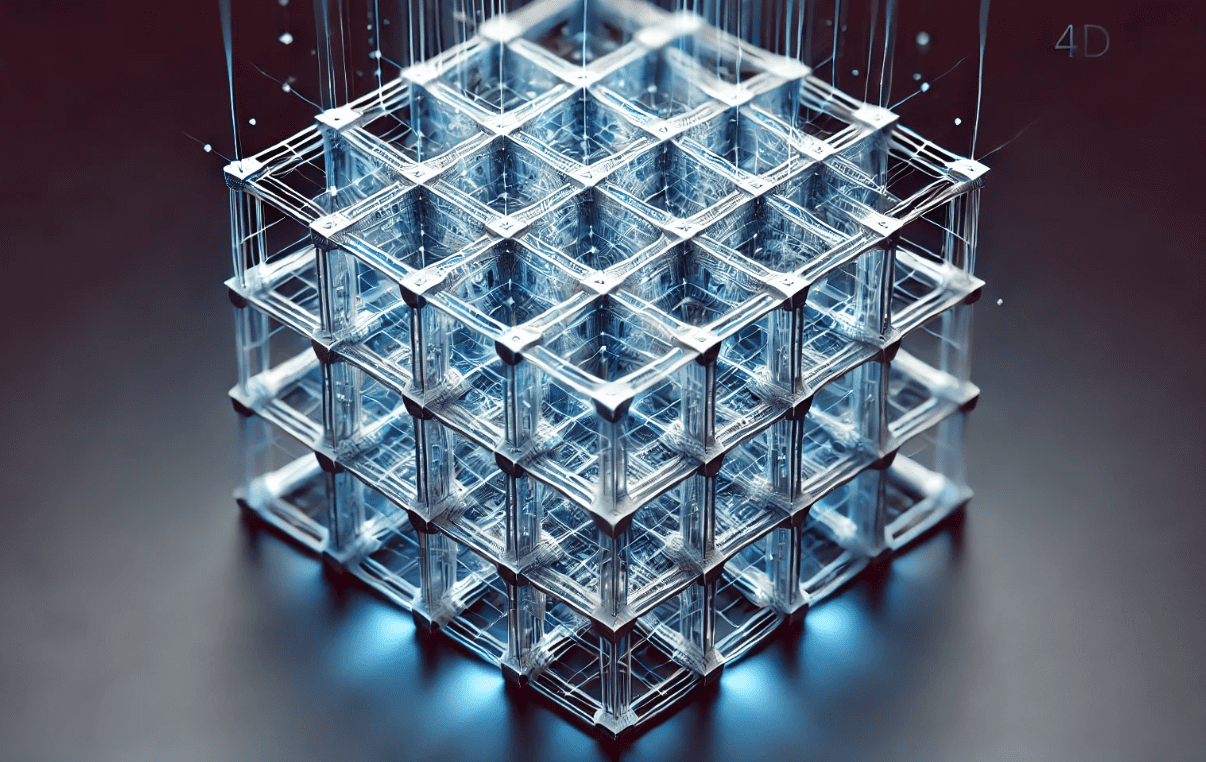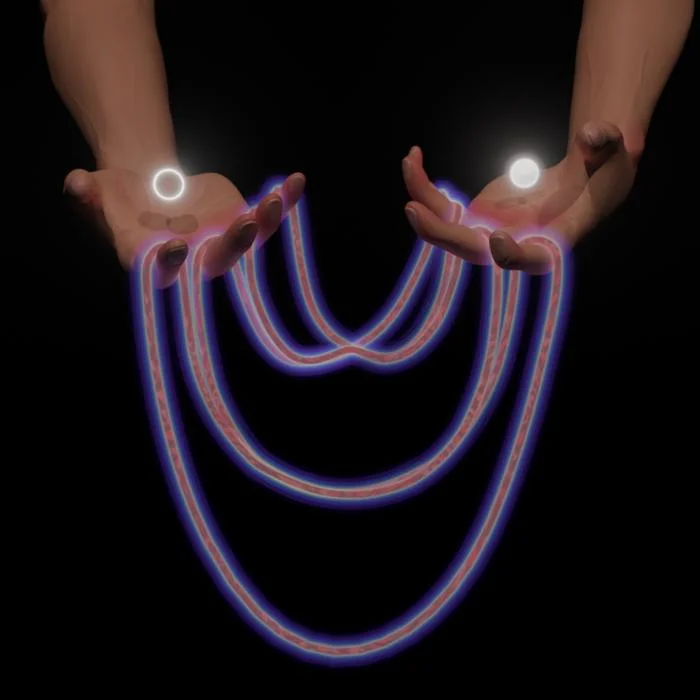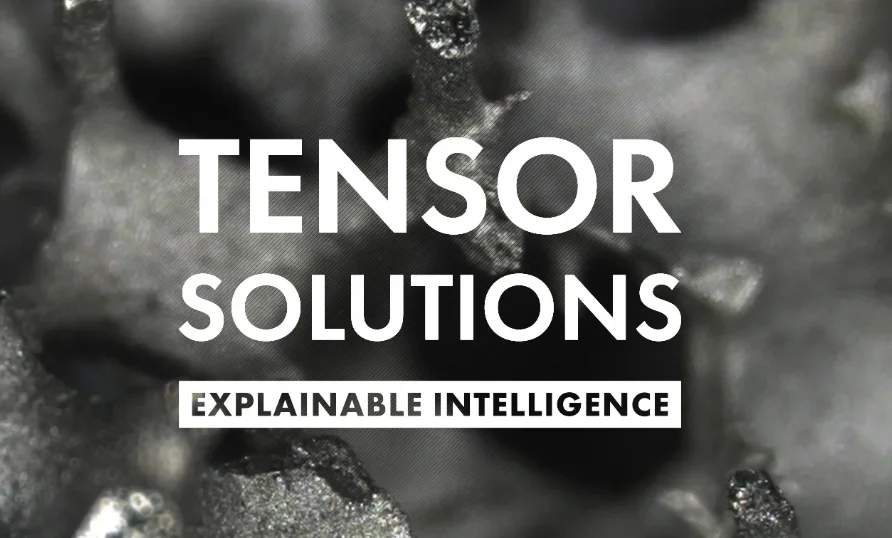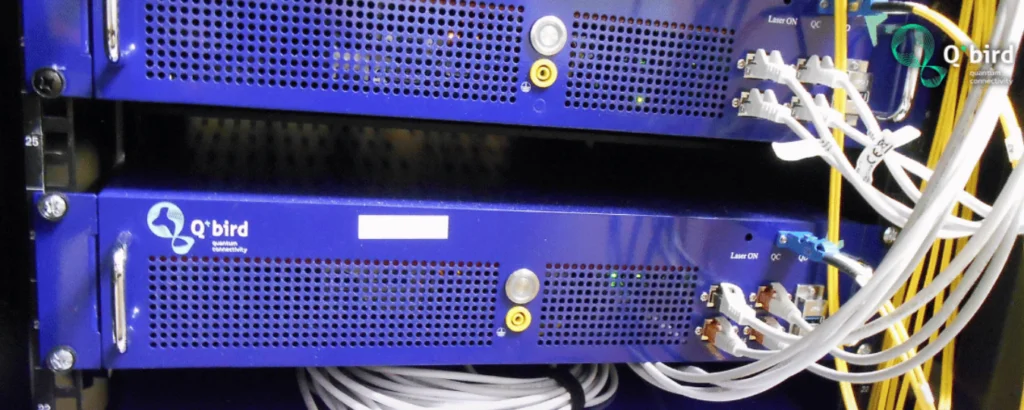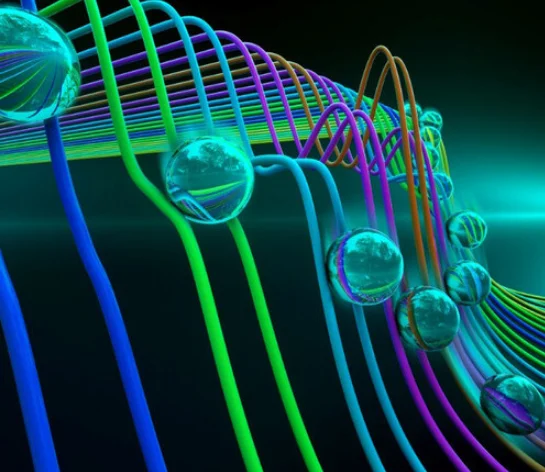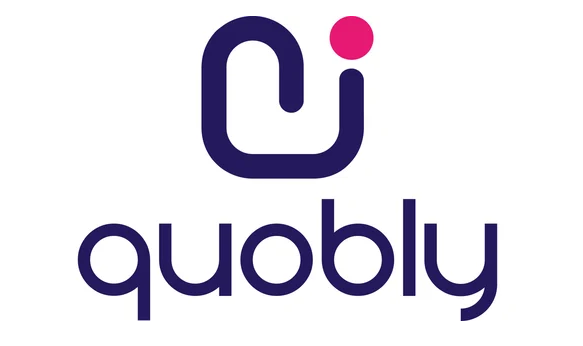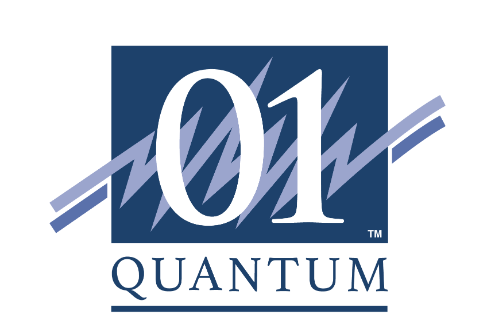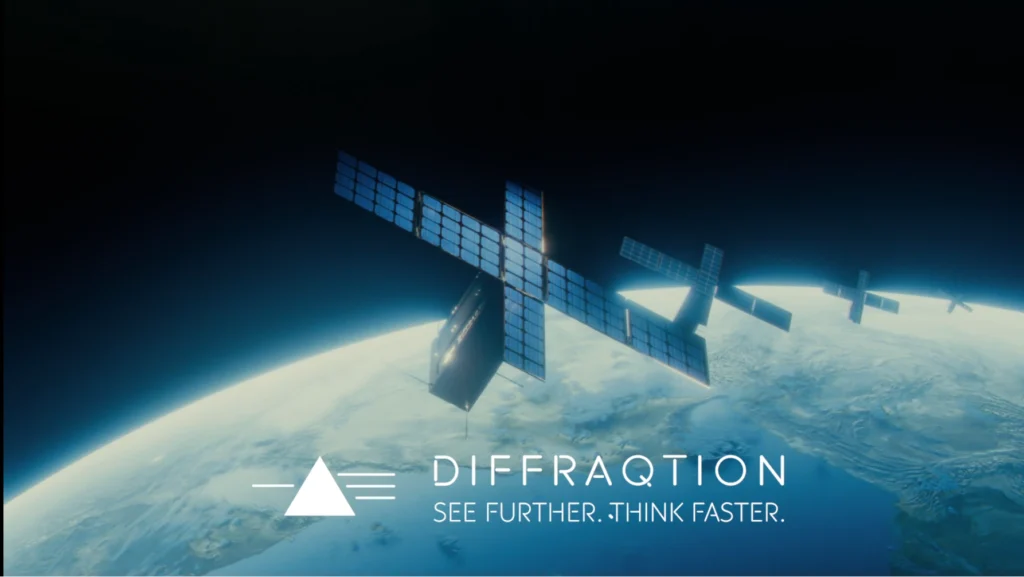Insider Brief
- Researchers have demonstrated single-shot quantum error correction on Quantinuum’s H2 trapped-ion quantum computer, potentially speeding up quantum computations by reducing the need for repeated error correction cycles.
- The experiment used the 4D surface code, a higher-dimensional error-correcting code, leveraging the H2 system’s all-to-all qubit connectivity for complex quantum operations.
- Despite the increased complexity, the 4D surface code performed as well as the 2D surface code, marking a significant advance in quantum error correction with potential applications in fields like cryptography and materials science.
Researchers have successfully demonstrated single-shot quantum error correction on Quantinuum’s H2 trapped-ion quantum computer. The work, detailed in a recent paper published on arXiv, could dramatically speed up quantum computations, making them more practical for industrial-scale problems.
Single-shot quantum error correction is a novel approach that allows quantum computers to correct errors without the need for multiple rounds of syndrome extraction—a process traditionally required to ensure fault tolerance. This method promises to reduce both the time and resource overhead typically associated with quantum error correction, potentially accelerating computations by an order of magnitude.
A New Frontier in Quantum Error Correction
Quantum error correction (QEC) is essential for the reliable operation of quantum computers, as quantum states are extremely sensitive to errors from external noise and operational glitches. Traditional QEC methods involve redundantly encoding quantum information and repeatedly measuring it — or “shots” — to detect and correct errors. However, these repeated measurements increase the time and computational resources required, making large-scale quantum computations challenging.

The new single-shot approach, however, streamlines this process.
“Single-shot quantum error correction has the potential to speed up quantum computations by removing the need for multiple rounds of syndrome extraction in order to be fault-tolerant,” the team writes in the paper, adding that “for certain codes, only a single round of noisy stabilizer measurements is necessary to display increased error suppression with larger blocklengths.”
This means that single-shot error correction can significantly reduce the time overhead, making quantum computations more efficient and feasible on a larger scale.
In the experiment, the researchers implemented the 4D surface code, a higher-dimensional error-correcting code, on Quantinuum’s H2 quantum computer. We’ll try and explore this a little more in depth, but this 4D code, known as a tesseract code, is an extension of the 2D surface code commonly used in quantum computing. Thanks to the unique capabilities of the H2 system, which includes all-to-all connectivity between qubits, the team could explore complex geometries that are infeasible on more traditional quantum devices.
Understanding the 4D Surface Code
The 4D surface code is a sophisticated quantum error-correcting code that extends the concepts of the well-known 2D surface code into higher dimensions. A surface code is a type of topological code, meaning it encodes information in the global properties of a surface rather than in the individual states of qubits. The 2D surface code, for example, typically encodes information on a 2D lattice of qubits, where errors are detected by measuring stabilizers associated with the lattice’s edges and vertices.
The 4D surface code takes this a step further by encoding information in a four-dimensional lattice. Specifically, it places qubits on the faces of a hypercubic lattice, a four-dimensional analogue of a cube. The code’s stabilizers, which are used to detect and correct errors, are associated with the cubes and edges of this lattice. In an attempt to make this simple, the 4D surface code allows for more complex error detection and correction strategies, which can be more robust against errors compared to lower-dimensional codes.
In the words of the researchers: “In the 4D surface code, single-shot QEC is facilitated by dependencies in the stabilizer generator which allow for correction of the syndrome before decoding.”
The researchers add that “this property can be facilitated by a confinement of the residual error after decoding or by local linear dependencies in the stabilizer checks.”
This inherent robustness is what makes the 4D surface code particularly attractive for quantum error correction, as it can potentially operate more efficiently without needing repeated measurements.
The Experimental Set-up And Results
In terms of methodology, the researchers used 53 of the 56 available qubits on the H2 device for their experiments. They conducted tests compraring how long quantum information, or qubit states, can be reliably stored without significant loss of coherence or fidelity — or memory experiments. In this case, the team was comparing the 2D and 4D surface codes, with a focus on understanding how single-shot error correction impacts the performance of these codes.
The key to the experiment was Quantinuum’s H2 trapped-ion quantum computer, according to the researchers. The H2 system’s architecture, which allows for high-fidelity operations and all-to-all connectivity — a configuration where every qubit in a quantum processor can directly interact with every other qubit — was instrumental in implementing the 4D surface code.
It is probably fair to say that this is broadly one of the advantages of the trapped-ion system design. The architecture allows for qubits to interact regardless of their physical location within the trap, so it makes implementing all-to-all connectivity much easier, which, further, makes them more flexible for certain quantum algorithms and error correction schemes. Other quantum computing approaches, such as superconducting qubits, often rely on fixed connectivity that is defined by the physical layout of the qubits on a chip,
According to the company’s LinkedIn post, “This code offers resource savings thanks to its ‘single-shot’ nature, which means that it remains robust to errors without measurement repetitions or additional qubits. Single-shot codes can provide time and space savings over well-known error-correcting codes like the color code or 2D surface code.”
The experimental results were promising. Despite using more qubits and requiring a more complex syndrome extraction circuit, the 4D surface code performed nearly identically to the 2D surface code in the single-shot regime.
The researchers write, “Despite differences in qubit use and syndrome extraction circuit depth, the 4D surface code matches or outperforms the 2D surface code in both the fault-tolerant and single-shot regimes. This performance is achieved despite the increased complexity of the 4D code, highlighting its potential for practical quantum error correction.”
This achievement marks the first experimental demonstration of single-shot QEC with bare ancilla qubits, which are additional qubits used in quantum computing to assist with error correction or other operations.
The team writes, “To the best of our knowledge, this is the first hardware demonstration of single-shot QEC with bare ancilla syndrome extraction. Previous experiments have relied on more complex ancilla configurations, making this a noteworthy simplification in the implementation of QEC.”
Implications and Future Directions
Quantinuum, which has made a series of leaps in quantum error correction, indicates that this advance is one of the steps needed to enable faster and more efficient error correction. These single-shot codes could bring quantum computing closer to practical applications in fields such as cryptography, materials science and complex systems modeling. The potential for a 10x speedup in quantum computations, as suggested by Quantinuum’s post, could open new avenues for industrial-scale quantum computing.
However, the researchers also report that challenges remain. Implementing the 4D surface code on hardware is complex, requiring deep circuits and a significant number of qubits. The researchers acknowledge that “the 4D surface code may not be the best option for large-scale quantum computation due to its poor encoding rate. While it offers significant advantages in error correction, its complexity and resource demands may limit its practicality for certain applications.”
Future research will need to explore these issues, as well as investigate other error-correcting codes that offer similar benefits with fewer resources.
Looking forward, the researchers suggest that further optimization of single-shot codes and improvements in hardware will be necessary to fully realize the potential of this approach. The researchers report, “Developing ways to speed up fault-tolerant quantum computations will help provide competitive time to solution. This is especially important for ion-trap quantum computers, where gate operations are slower than in superconducting systems. The work presented here is a step toward making quantum computers not only more powerful but also more practical for real-world applications.”

